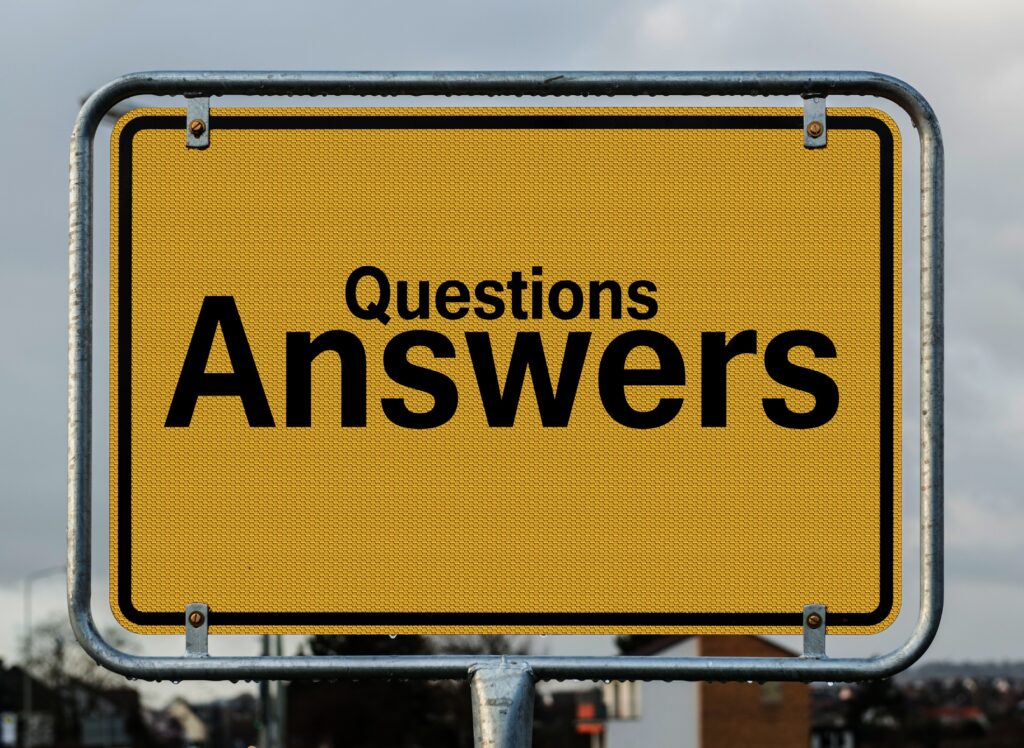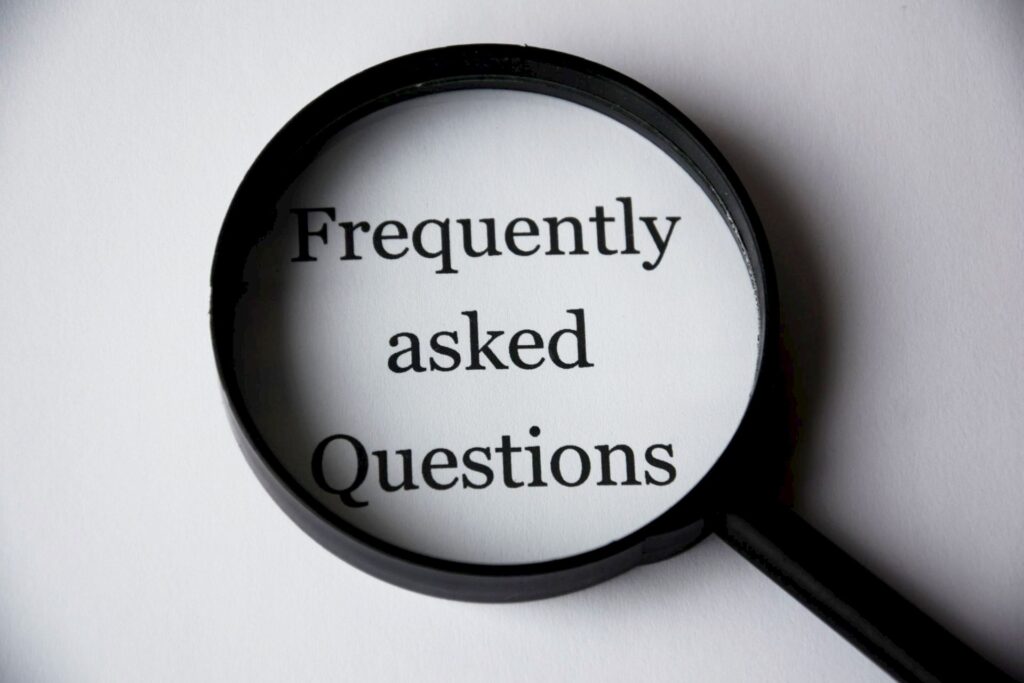Q is for… Questions
What is the purpose of questions in education? And how do we make sure we’re coming up with good ones? These aren’t easy questions to answer, so let’s try to unpack them a little.

Questioning is a key tool in the skill set of a good teacher. Research suggests that teachers typically ask as many as 120 questions an hour. And questions are no less important when it comes to writing educational content. So what is the purpose of questions in education? And how do we make sure we’re coming up with good ones? These aren’t easy questions to answer, so let’s try to unpack them a little.
One of the basic uses of questions is to check understanding. Sometimes called concept checking, this type of inquiry aims to push students towards noticing important features of a topic, and articulating their understanding. Conversely, this kind of questioning can be used for diagnostic purposes – to identify gaps in students’ understanding that can be filled in with further explanation or examples – helping teachers to decide where more work is needed.

One of the basic uses of questions is to check understanding. Sometimes called concept checking, this type of inquiry aims to push students towards noticing important features of a topic, and articulating their understanding. Conversely, this kind of questioning can be used for diagnostic purposes – to identify gaps in students’ understanding that can be filled in with further explanation or examples – helping teachers to decide where more work is needed.
Another influential style of questioning is the Socratic approach. This involves asking a series of questions as part of a dialogue, with the aim of gradually deepening engagement with and understanding of a topic. R.W. Paul has identified six types of Socratic question that can be used to promote critical thinking in students. The University of Michigan lists these, with examples of each (taken from the field of engineering). The six categories are:
1. questions for clarification;
2. questions that probe assumptions;
3. questions that probe reasons and evidence;
4. questions about viewpoints and perspectives;
5. questions that probe implications and consequences;
6. questions about the question (or meta-questions).

Why can it be hard to construct good questions? Different students will come to the same lesson with a wide variety of experience, so knowing how to pitch your questions can be a challenge. This is true both in terms of difficulty level and what will resonate with students. Asking a combination of closed (yes/no) and open questions can be a good way to open up a discussion topic. The 5W2H model of questioning is helpful when constructing open questions (who, what, where, why, when, how, how many – you could also add which as a sixth ‘W’).
In the case of ELT material, language needs to be graded, and question structures themselves can be an obstacle to students’ understanding. For lower levels, the range of question forms available for use is quite limited. This can lead to over-simplification and questions which are too obvious or which answer themselves. Choosing the right things to ask questions about is crucial; separating the essential from the trivial is an art in itself. There is also the danger that poorly constructed questions can reveal biases, especially when asking students to give their own opinions. Starting a question with “Why do you think … [X]?” makes an assumption about what the student thinks, which may or may not be correct.
Why can it be hard to construct good questions? Different students will come to the same lesson with a wide variety of experience, so knowing how to pitch your questions can be a challenge. This is true both in terms of difficulty level and what will resonate with students.
Writers of course materials are often required to mimic the style of questions that students will find in a particular type of examination. Cambridge exams in ELT are an example of this. In this case, there will be a set of characteristics that questions need to conform to, including format, number of items and other criteria. For this type of task, it is important that questions have a single, unambiguous answer, although they sometimes require a degree of inference or reading between the lines from students, particularly at higher levels.
Another consideration here is that comprehension questions should avoid repeating the language of the text or listening too closely, using synonyms or similar phrases instead. At times, this can result in over-complicated questions that use language that is above the students’ level – something which should be guarded against. Multiple choice is another common exam-style question type. A typical problem here is finding three or four different options, all of which are plausible but only one of which is correct. It is important that the text and questions work well together, and it may be necessary to adjust the text in order to create workable questions.

There are various other questioning taxonomies that you may find useful when honing your questioning skills. A well-known example is Bloom’s Taxonomy. Gallagher and Ascher’s taxonomy provides an alternative framework for categorising questions in terms of different types of thinking (cognitive-memory, convergent/divergent and evaluative). To avoid the scattergun approach to questioning, a useful exercise before asking students a question – whether face-to-face or in course materials – is to stop and ask yourself two questions: “Is this worth asking? Is it worth answering?” If the answer to both questions is “yes”, chances are it’s a good question.

Contact us
We'd love to hear from you and promise to contact you asap. Either fill in our quick and easy form below or email [email protected]

The Content Station is your trusted educational publishing team. Our local experts across the globe can deliver on any brief.

